Scrap Art Quilts to Inspire Your Scrap Quilting Practice
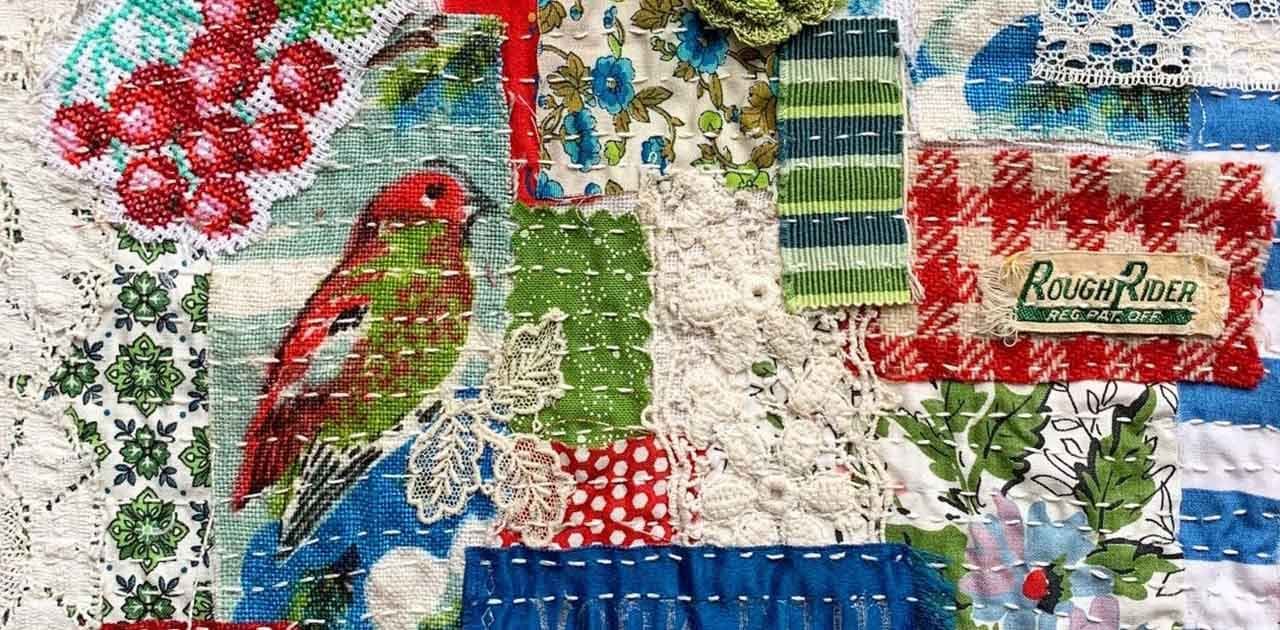
Don’t you just love scrap quilting? I’m enthralled with them, as are many of my fellow art quilters. In a recent issue of Quilting Arts, we asked Cate Prato to explore the artful side of scrap quilting – one that goes beyond the mantra of “use it all up” and elevates the humble scrap quilt to the level of art. Read on for an excerpt from her article that appeared in the June/July 2020 issue of Quilting Arts Magazine. And while you do, ponder how you might be able to find a place in your own practice for making scrap art quilts!
Bit by Bit
As Jane Austen might have said, if she were a quilter, “It is a truth universally acknowledged that a fiber artist in possession of fabric must be in want of a way to use scraps.” To get some insight on how to artfully use—or re-use—fabric scraps, we asked the advice of four artists who are adept at just that.

Cathe Holden
Mixed-media artist Cathe Holden collects new and vintage scraps from local thrift stores to use in fabric collage stitch projects. She’s a regular at a shop where they specialize in textiles. “I don’t have the space for yardage, so I purchase only small scrap folds and dig through their ‘free’ bin of smaller, odd-shaped scraps. In addition to fabric, I also look for decorative linens like colorful old tea towels, sections cut from embroidered napkins or hankies, ribbons and trims, vintage clothing labels and prize ribbons, doll or children’s clothing, and just about anything interesting I can easily push a needle through,” Holden says.
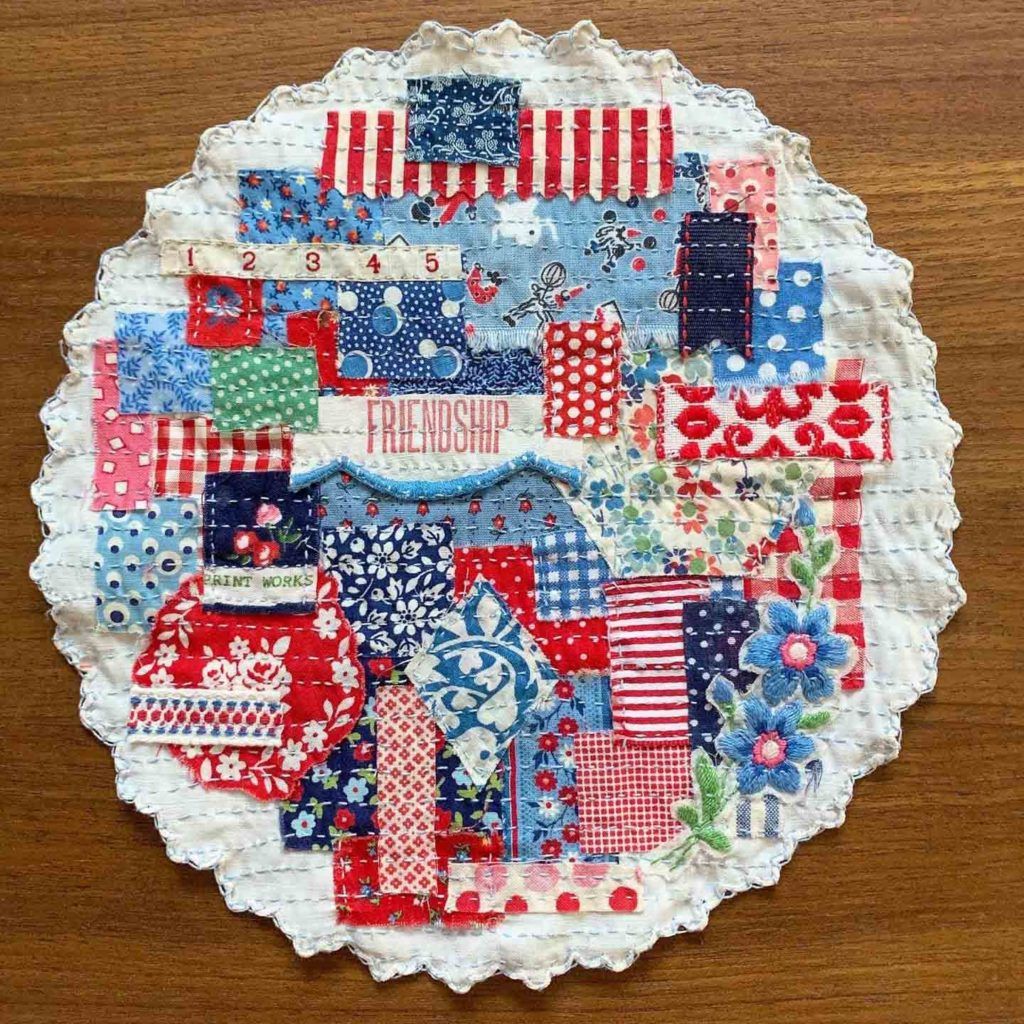
Her art typically involves paper and assemblage, but a small, stitched fabric collage she spied on Instagram inspired Cathe to begin creating what she calls ‘collect & collage slow-stitch’ projects. “Hand-stitching interesting bits of fabric scraps and textiles to create compositions has opened up an entirely new way of expressing myself in art. With my fabric collage work, letting go of perfectionism—with less-than-perfect stitch lengths and row spacing—not only is an exercise in relaxation and mindfulness, but also creates a vibe of whimsy that I love about my finished pieces.”
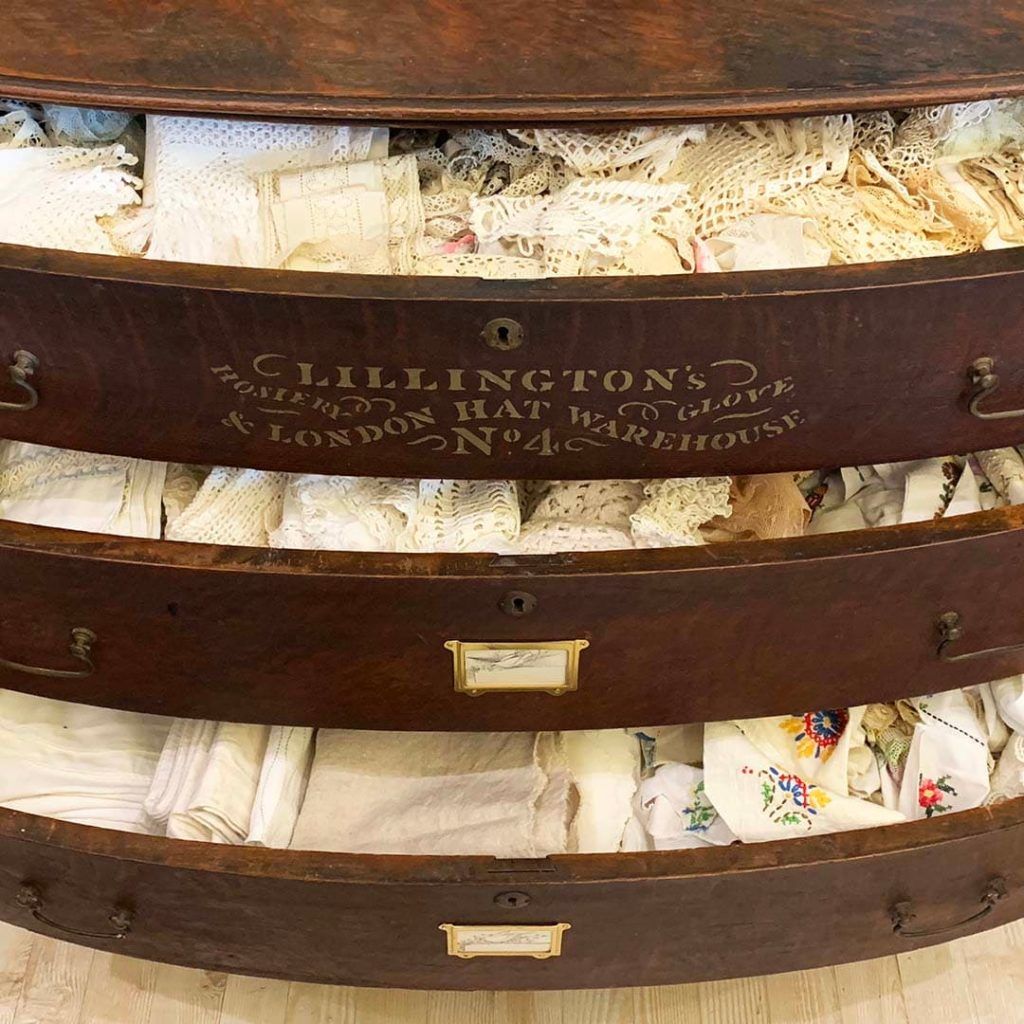
Cathe starts her scrap quilting with an inspiration piece, like a beautiful floral cluster, and builds from those colors. Using a vintage tea towel or neutral-colored fabric as a base, she builds her scrap design, placing them on a vertical/horizontal grid. When she is satisfied with the arrangement, she glue-bastes the pieces to keep them in place while she hand stitches. Her finished pieces are machine- or hand-sewn into a project, hung from a vintage pants hanger or small wooden dowel as décor, or displayed in a shadowbox frame.
Lynda Heines
Fabric artist Lynda Heines is always experimenting with surface design, using fat quarters or smaller swatches to make her own fabrics. “Because I work with small pieces of fabric, I have instant scraps,” she says. Lynda rarely buys new commercial fabric, except Test Fabric 400M for dyeing and tone-on-tone white/white and black/white to over dye. Any other commercial fabric in her stash comes from the thrift store or has been given to her.
“Every year I am more concerned with our environment and all of the waste. It’s amazing to go to the mall and see all of the new clothes, when there is perfectly good used clothing at thrift and consignment stores,” she says, adding that thrifted vintage textiles also take dye beautifully.
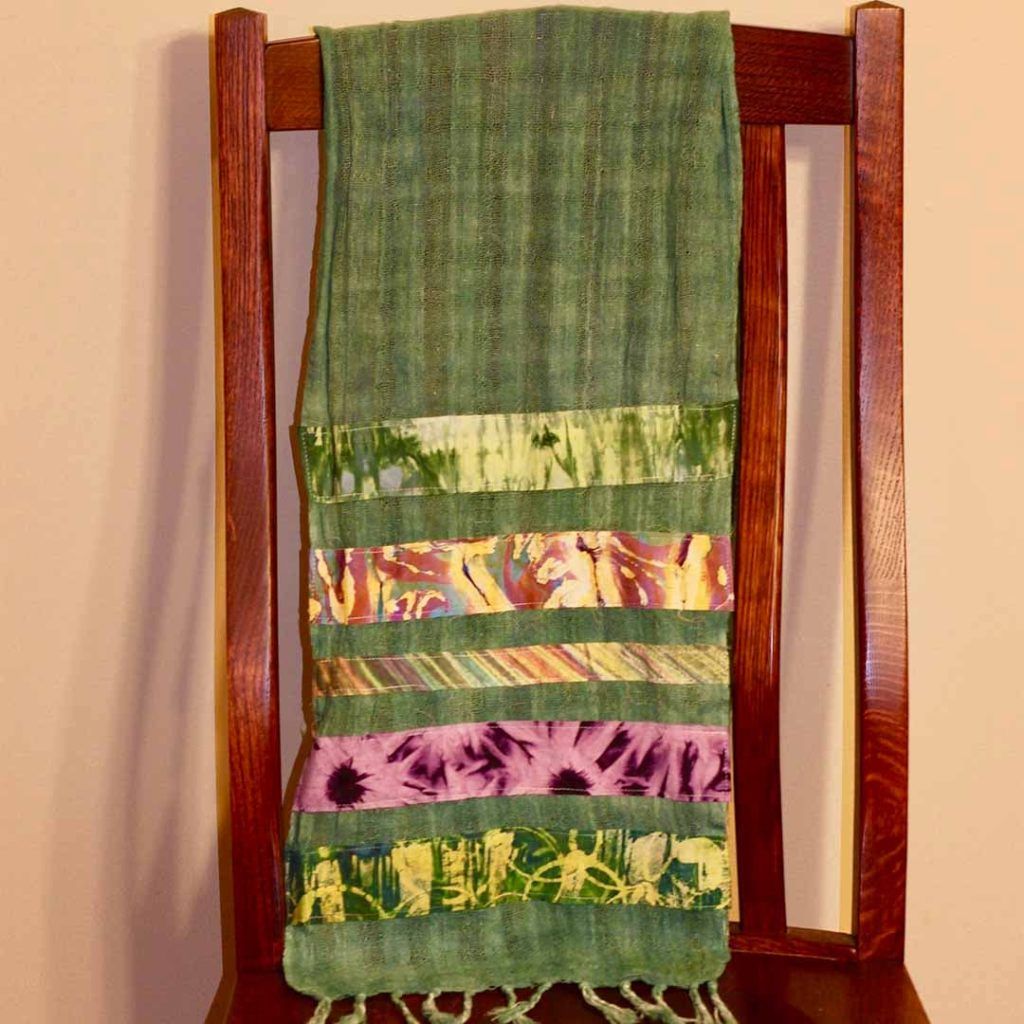
Recently, she was looking for a scarf to wear to a meeting where she would be introducing herself and her art to other artists. She saw a green scarf she’d dyed years ago, and thought adding fabric scraps of five different surface techniques would show them what she does, rather than tell them. “I’m really trying to use my dyed fabric—every little piece—so it won’t be taken to the thrift shop after I’m gone!” she says.
Irene Lee
Quilter Irene Lee uses her leftover scraps to paper piece blocks, paying close attention to the color and design of each piece of fabric to follow her inspirational theme. For example, her coneflower blocks, based on a pattern designed by Sarah Elizabeth Sharp, use scraps in colors that are inspired by scenery from her travels.
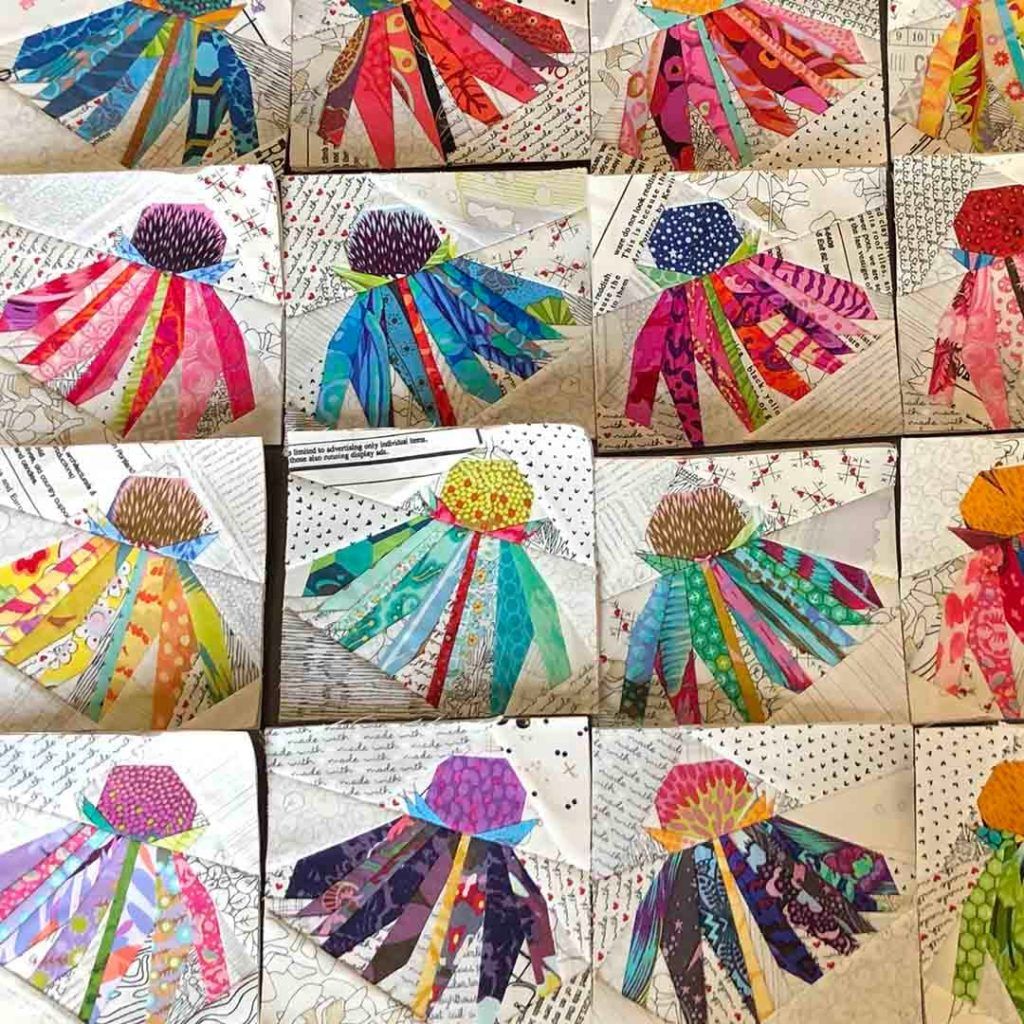
“I usually target an image before putting together a flower. For example, if I want to do something inspired by the ocean, then that coneflower will most likely be blue-based (but not just blue),” Irene says. On the body of the coneflower, the fabrics selected would include whales (which are black) and other sea animals, combining blues, white, black, and other ocean colors in the block.
Reading the above article gave me so many ideas. I have more scraps that you can imagine, and several projects underway in hopes of using them all up. But the best part about my treasure trove of bits and bobs? It’s a reminder that no matter what, each piece of leftover cloth have the potential to become beautiful art scrap quilts. Do you have your own treasure trove of scrap art quilts from years of saving fabric? Be sure to share them with us on Facebook and Instagram!
Enjoying this article? Sign up for our newsletter!
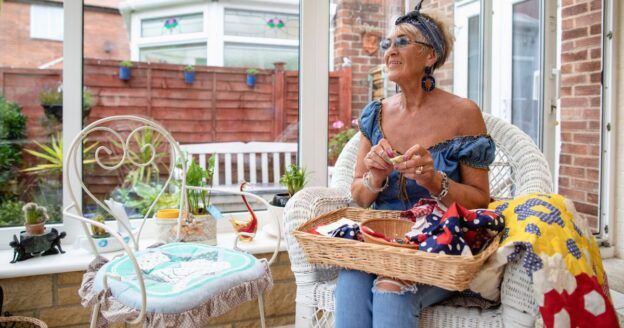
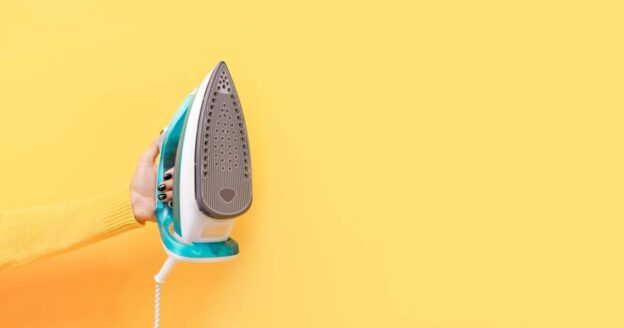
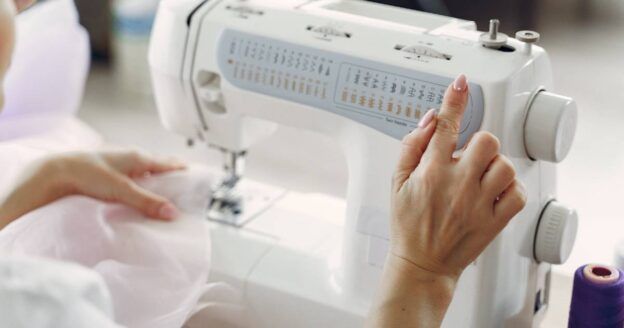

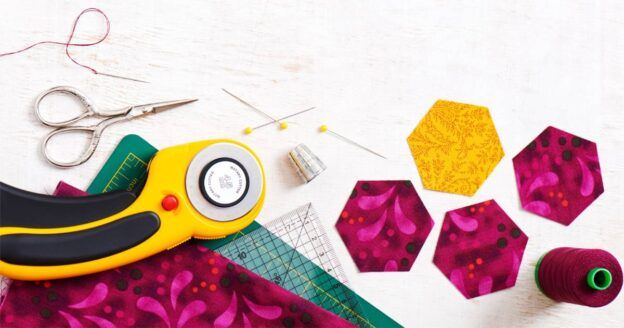
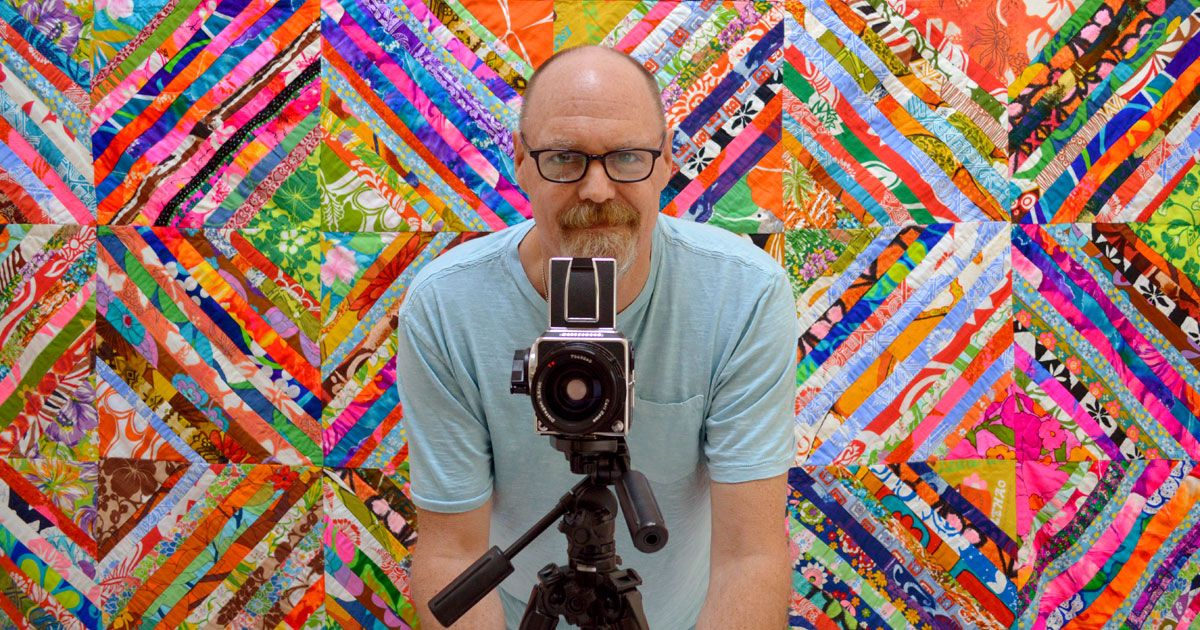
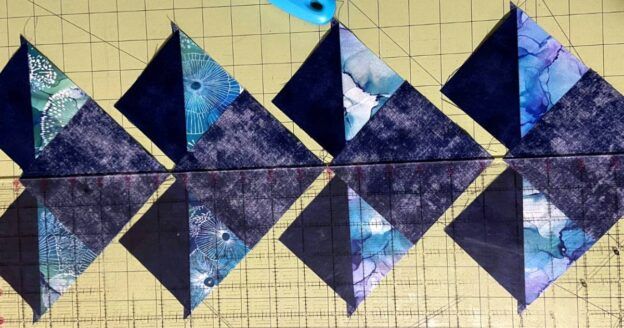
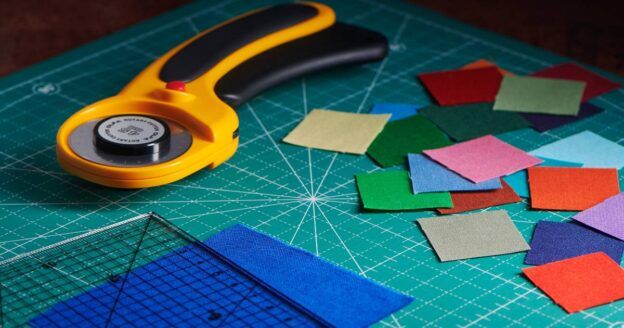


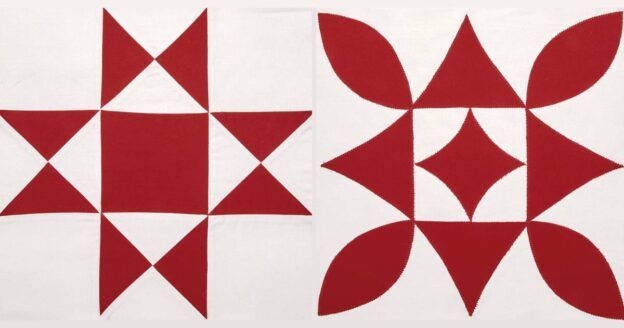
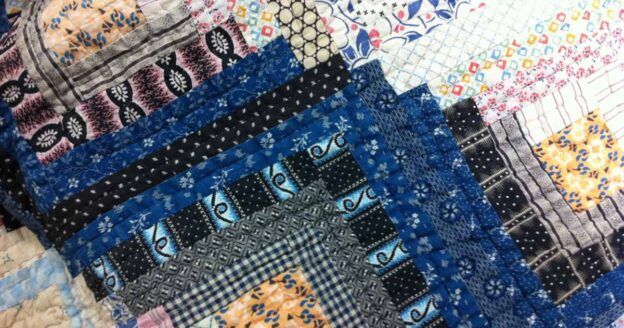
Join the Conversation!